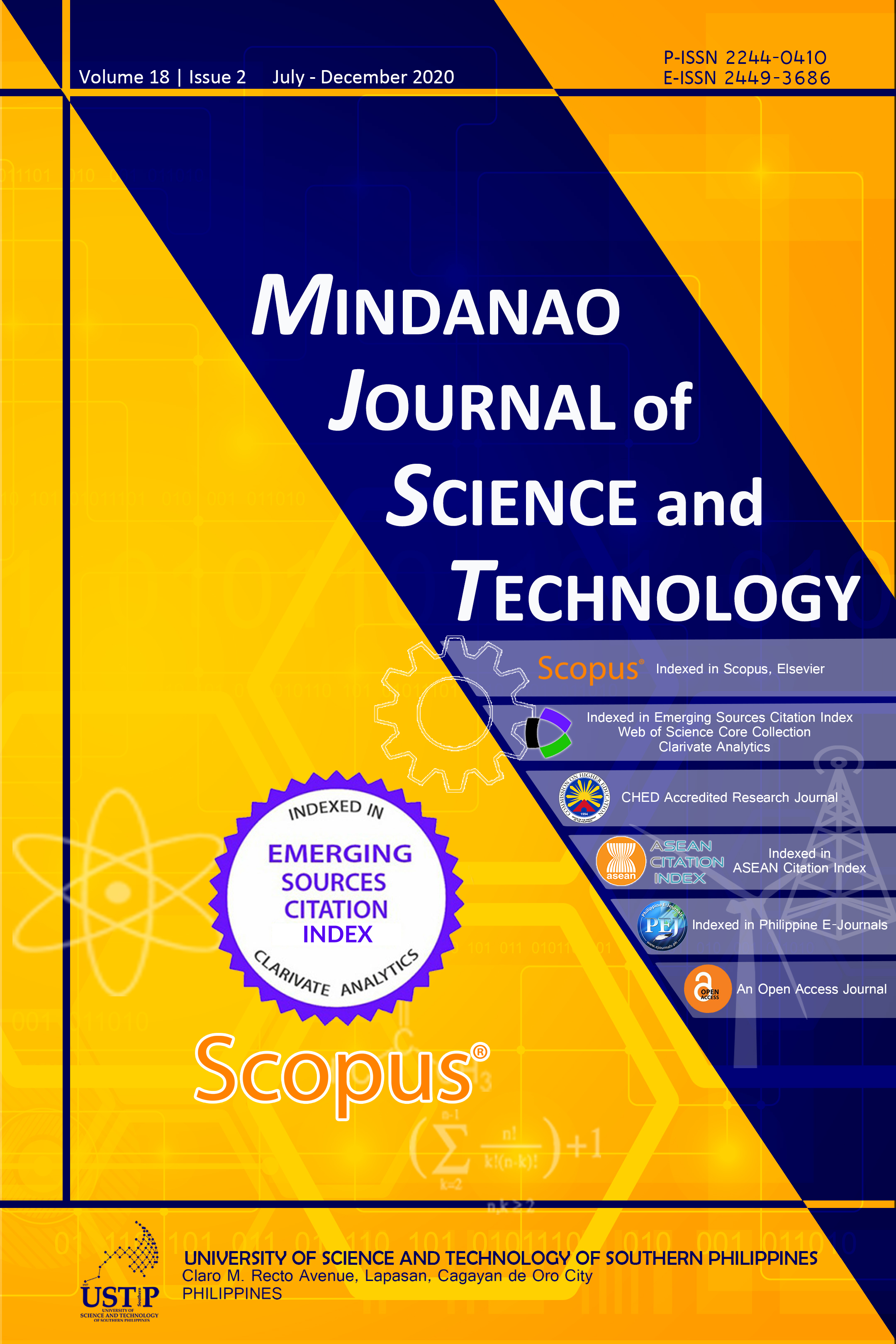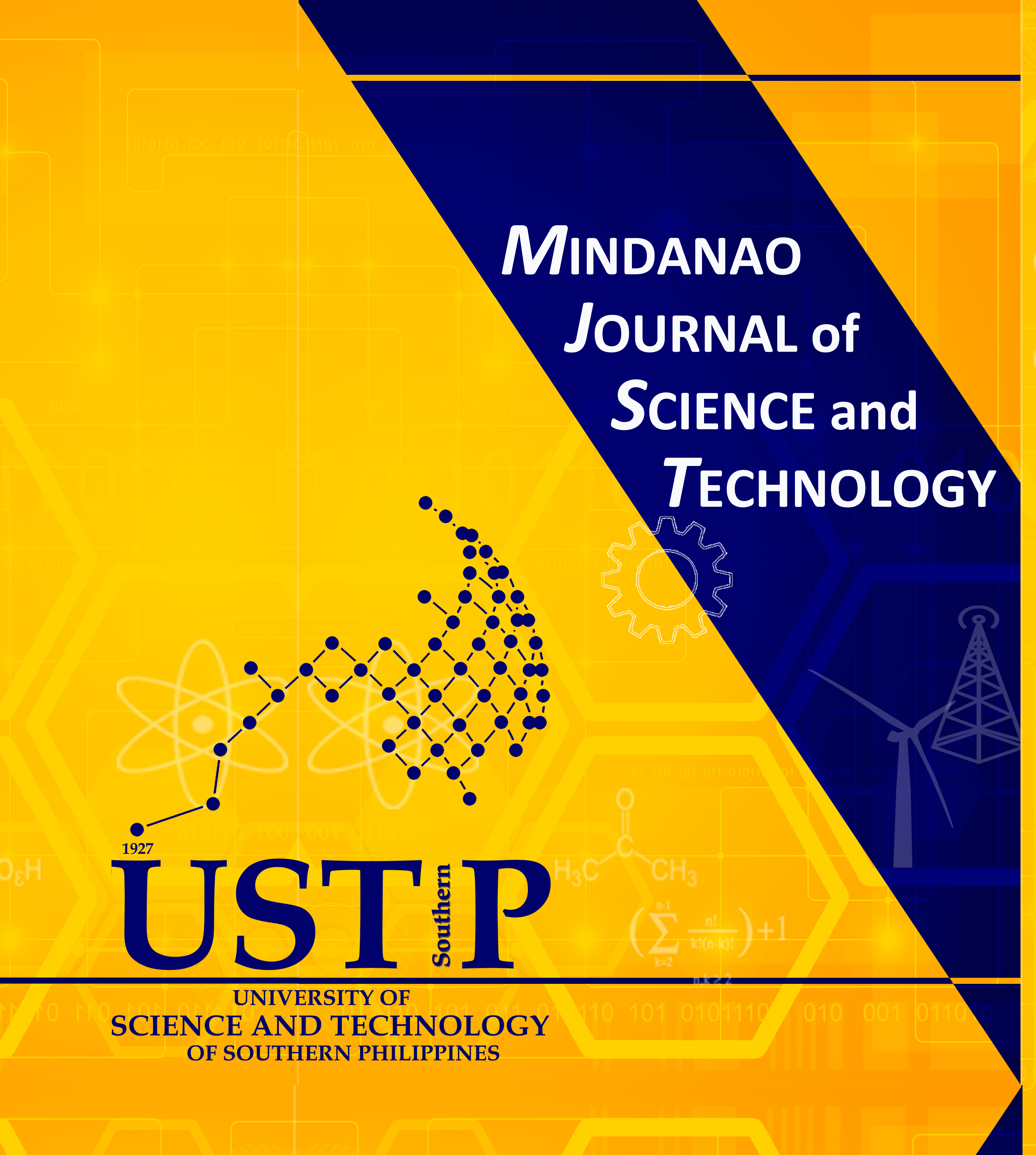In Situ Digestibility of Cogon Grass (Imperata cylindrica L.) in Various Forms and Harvesting Intervals in Rumen-Fistulated Brahman Cattle
Keywords:
in situ digestibility, harvesting interval, rumen-fistulated, cogon grass and various formsAbstract
An experiment was conducted to determine the nutritive value and nutrient digestibility in situ of cogon grass as affected by harvesting intervals in fresh and silage forms. The experiment was set up in a completely randomized design with a 2 x 5 factorial treatment design: factor A with two forms of cogon grass (soilage and silage), and factor B with five harvesting intervals after the last cutting (20, 25, 30, 35 and 40 days). Nutrient digestibility was determined by incubating ground samples of cogon grass soilage and silage in rumen-fistulated Brahman bull for 24 hours. Results revealed that cogon grass was best utilized in terms of the in situ digestibility of organic matter (OM) and neutral detergent fiber (NDF) at 20-day old after the last cutting and in silage form. Digestibility of dry matter (DM), OM and NDF of cogon grass in silage form were high at 25-30 days harvesting interval but these were significantly lower than that of 20 days interval. Therefore, the silage form of cogon grass is superior over fresh form, and the best utilization of cogon grass as feed is at 20 days after the last cutting to capitalize on high digestibility










